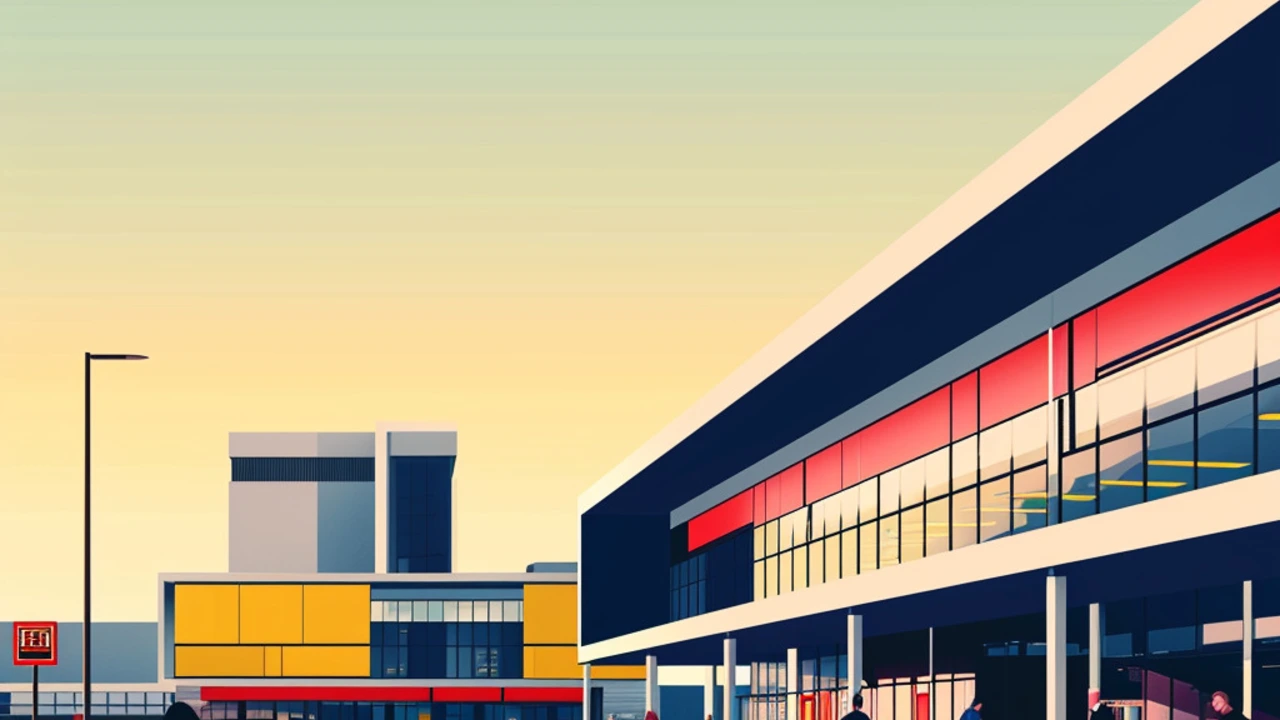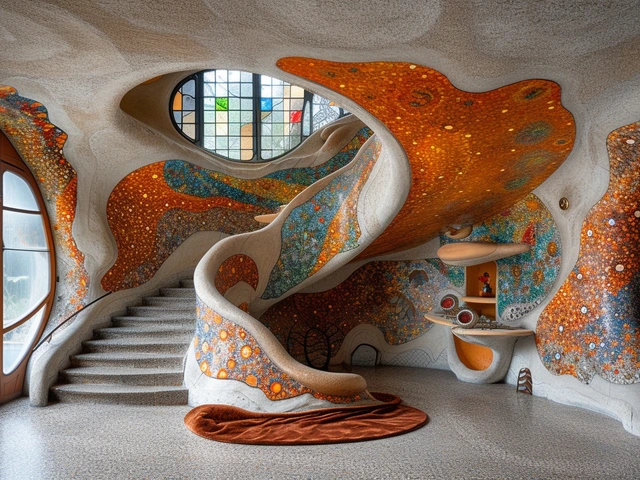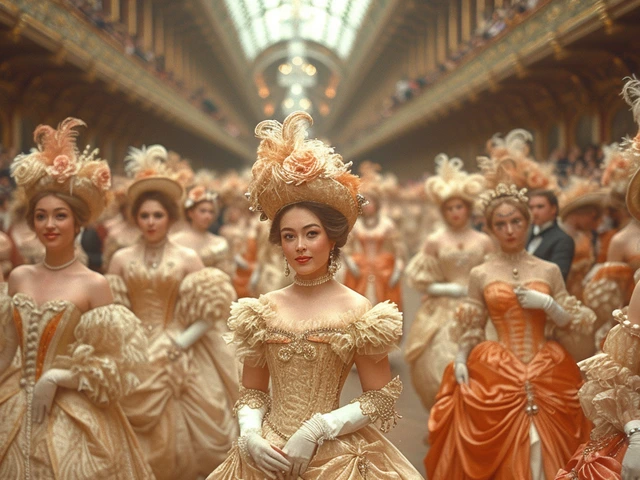The Birth of Bauhaus: Unravelling the Ideological, Artistic Tapestry
Whenever I hear mention of the Bauhaus Movement, I can't help but think of Scooter, my pet turtle. Seriously. Here's why; Scooter always seems to march around our garden with a certain deliberate precision, everything planned and processed into a refined, functional system. That streamlined, efficient way of moving reminds me so much of the functionality driven design ethos espoused by the Bauhaus school. Every element has its purpose.
The Bauhaus movement has a fantastic history worth getting to know. Back to when it first originated in Germany in 1919 after the First World War, led by Walter Gropius. He aimed to fuse together various art forms, such as fine art, typography, textile, and most importantly, architecture into a unified art that reflects the nature of life itself. It's like an artistic lasagne, each layer distinct yet deliciously melded together with the others. And who doesn't love a good lasagne?
At its crux, Bauhaus ideology revolved around eradicating the boundaries between form and function, in a similar vein to how Scooter, my turtle, sees no difference between the pavement and the grass, moving seamlessly between them. This principle gave rise to the motto 'form follows function'. This idea was indicative of their belief that the design's visual elements should reflect its intended purpose or usage, rather than extraneous artifice.
Exploring the Influence of Bauhaus on Architecture
Now, let's steer this conversation a bit towards my son Reuben's favourite sandbox activity - building with blocks. Much like Reuben stacking his blocks to create multi-story mansions for his army of action figures, the Bauhaus approach to architecture embraced modular construction principles, employing clean lines and rational, geometric forms. It’s simply fun, functional, and universal, just like Reuben's splendidly quirky creations.
Architecture, a primary discipline of the Bauhaus, welcomed industrial design elements, reflecting the influence of the rising Industrial Age. Believe it or not, my kitchen blender also applies similar principles to achieve a singular aim - pureeing my morning berry smoothie efficiently and practically. Steel, glass, and concrete became go-to materials, and the resultant architecture was characterized by functionality and simplicity, with a clear sense of order and balance. This doesn't mean they shied away from beauty, though. Rather, they found beauty within function itself - examples of this elegant simplicity can be seen in iconic designs such as the Dessau-Bauhaus building and the Fagus Factory.
Capturing the Synthesis of Fine Arts and Industrial Design
Fine arts and crafts were not left in the dust, either. They were synthesized into a single artistic paradigm that spawned designs fit for mass production. Just as how my son Finn takes his drawings and repurposes them into creative stickers that he pastes all over the house (and I mean everywhere, I found one on Jazzy, our parrot, the other day), the Bauhaus school found joy and purpose in transforming traditional art forms for a decidable modern and practical purpose.
This new approach significantly shaped modern graphic design, industrial design, and even typography. They mastered the art of marrying functionality and aesthetics to create designs that are as utilitarian as they are visually pleasing. Bauhaus graphics were characterized by sans-serif fonts, grid layouts, and geometric shapes that, much like my wife Isla's artistic culinary creations, are a visual feast as much as they are functionally nourishing.
Impression of Bauhaus on the Modern Design Landscape
The ghost of Bauhaus continues to haunt us today, but in a good way, like a friendly phantom whipping up some top-tier interior design. You see, whether we acknowledge it or not, the Bauhaus school's minimalist philosophy remains imprinted on various aspects of our everyday lives. Case in point, the simple, efficient layout of your cell phone screen is a direct descendent of Bauhaus design principles.
Walk into any contemporary home, scan across the gleaming interiors of sleek, stylish, and streamlined furniture, the sparse adornment, the harmonious interplay of form and function and you’ll likely spot the Bauhaus mantra at work. It’s like watching my pet parrot Jazzy and Scooter interact - rather than crowding each other out, they each fulfill a specific role in our little home ecosystem, contributing to an overall harmonious, balanced dynamic. No frills, no unnecessary trappings - just pure, simple, design harmony.
The Bauhaus legacy serves as a testament to the enduring relevance of minimalist design and the symbiosis of form and function in continuing to shape our lived spaces and experiences. As a lover of all things minimal, functional, and yet aesthetically pleasing, it is a nod to the idea that less, indeed, can be more. Plus, it gives me an excuse to take down Finn’s stickers from around the house - we're going minimalist, after all!



